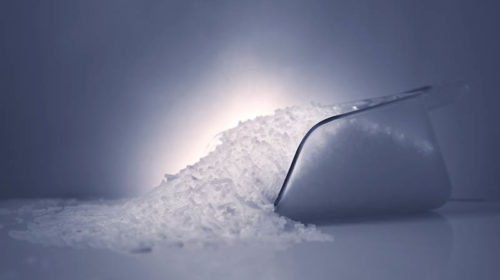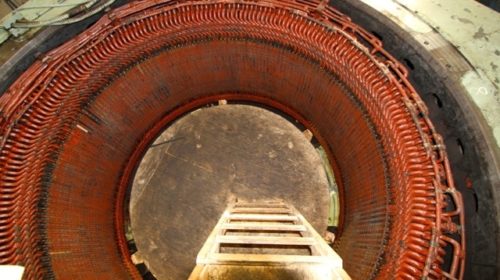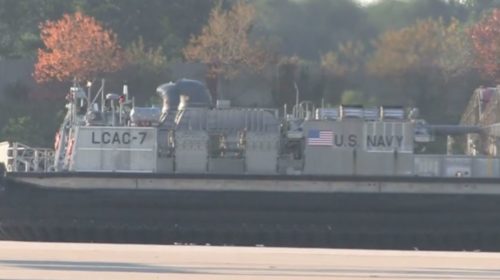
Weld lines are safely cleaned with less labor and reduced costs
THE SITUATION
Weld slag, spatter, resin, smoke, oil and dampering adhesive build up on production equipment. This causes misalignment and can prevent the proximity switch from firing in the appropriate spot. The robot stops welding – or welds incorrectly – creating scrap and causing equipment failure and production downtime.
Traditional cleaning methods to remove weld spatter and slag from welding jigs, cells and robots – such as using a hammer and chisel – can damage the weld line equipment and ultimately lead to increased downtime.
Cold Jet dry ice cleaning systems provide an effective, economical and delicate removal solution for slag and spatter build up. Cold Jet’s dry ice cleaning systems use non-abrasive media in the form of recycled CO2 pellets that won’t damage surfaces. The combination of dry ice cleaning’s kinetic energy and thermal effects break the connection between the dirt and surface, lifting away contaminants. Unlike blasting with other media, dry ice cleaning does not leave behind any secondary waste, because the dry ice particles sublimate on impact – converting from a solid to a gas. Dry ice cleaning is safe and nontoxic, does not create downstream contamination and reduces exposure to dangerous chemical cleaning agents.
“We are able to do 2-3 times the number of jobs with dry ice cleaning and the outcome is better,” said Steve Foster with Maclellan Integrated Services. “We can also meet the kaizen ‘shared cost reduction’ now using Cold Jet and still make good margins on the job. Lastly, we keep finding more applications for Cold Jet dry ice cleaning systems, ultimately creating additional business for us with the same customer.”
THE SOLUTION
Using Cold Jet’s Aero 40 single-hose dry ice cleaning system resulted in the following benefits when compared to hammering and chiseling:
- Reduced required labor from 4 workers to 1.
- Reduced labor time by up to 69%.
- Reduced cleaning costs by up to 60%.
- Drastically reduced equipment damage (though photoeyes and proximity sensors should not be deliberately or directly blasted).
- Dramatically decreased labor intensity because it is safer and more ergonomic for the worker, thus improving overall worker morale.
- Eliminated the use of chemical solvents, thus improving worker safety from the non-use of caustic chemicals.
- Eliminated secondary waste streams because dry ice is solid CO2, which quickly sublimates and disappears upon contact with the surface being cleaned.
ROI / Cost Justification:
- Savings of $2,956 per station per week.
- Labor hours reduced from 7.2 to 0.5 per robot.
- $153,712 in annual savings over the traditional method of cleaning (for 38 robot cleanings per week).
- ROI is 344 robot cleanings or 2.3 months.

